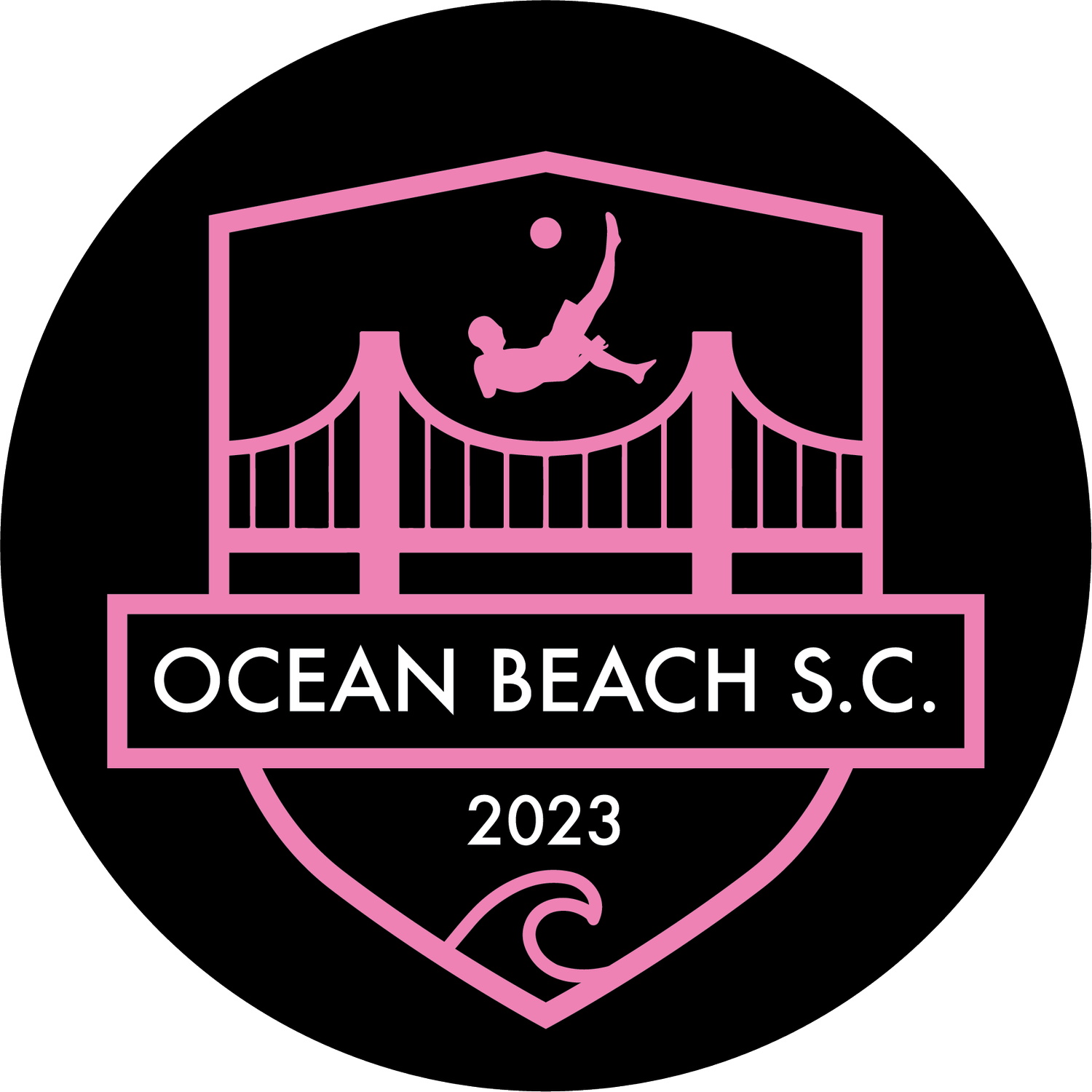Why Beach Soccer?

Balance
Playing and training in the sand especially strengthens our toe, foot, ankle, and calf muscles as we sink and adjust into every step. Each stride is a different challenge as we run, dribble, pass, and shoot.
These muscles tend to be weak because we don’t have to use them as much when we play on grass. By strengthening these stabilizing muscles on the beach, you also guard yourself against potential muscle imbalances and injury.
Level of Focus
As the ball bounces over the sand, it’s nearly impossible to predict how it’ll arrive to you. Developing a higher level of foot-eye coordination and focus is key to beach soccer training and overall ball mastery.
Whether it’s a goalkeeper reacting to a sand monster, a defensive player finding a tackle through a mound, or a forward waiting for the ball to sit up just right, training in the sand forces you, the player, to maintain extra focus, concentration and discipline on and off the ball.
Endurance
For those looking to spend more time training without feeling burnout and other effects of overtraining, the sand can be your best friend.
Our sand training is extra draining because of how the deep sand at Ocean Beach gives way to your feet. This makes it an excellent way to develop high fitness levels for athletes looking to go the extra mile.
Sand is also great shock absorber, allowing athletes to train in a low impact environment while also increasing aerobic demands. It offers a much lower demand on the joints in your feet, ankles and knees, which for athletes battling minor injuries or soreness, can be an ideal type of surface for training.
Technical Ability
With much of the play through the air, beach soccer requires highly technical aerial ball control. Air dribbling, passing, volleying and aerobics (bicycle and scissor kicks, scorpions, etc.) demand positive and intentional first touches out of the air — skills which are integral to the grass game but are rarely practiced.
Combination plays and many scoring opportunities are executed with touches and volleys with all parts of the body. Given the the aerobic nature of the sport, players learn how to contour their bodies very effectively and strike the ball to a target, regardless of the height of the ball.
Many passes incorporate a flick-like motion using the top of the foot, which teaches players to manipulate the ball, challenging and strengthening newly recruited muscle groups in the toes and ankles.
